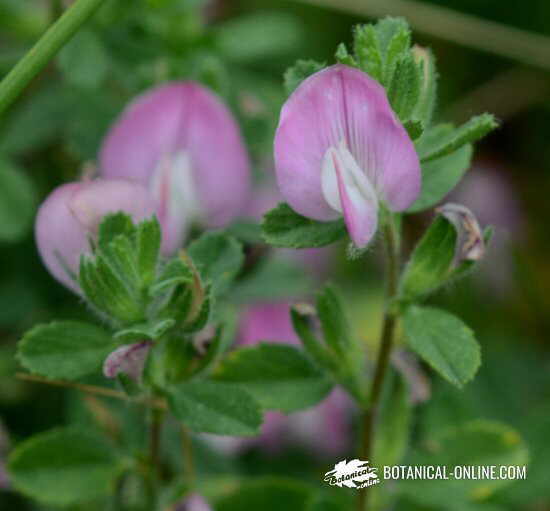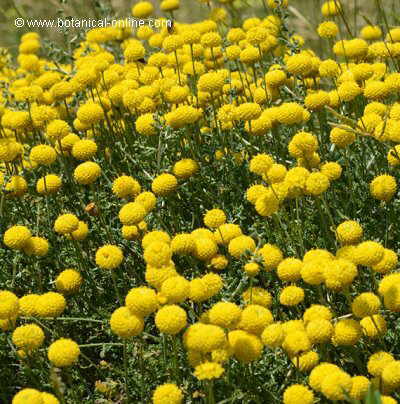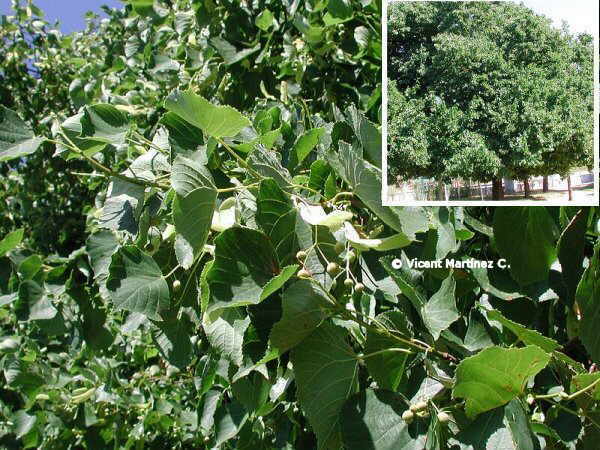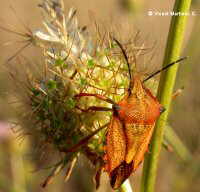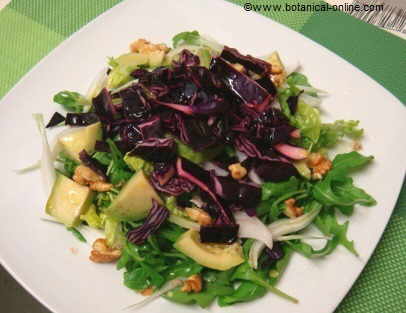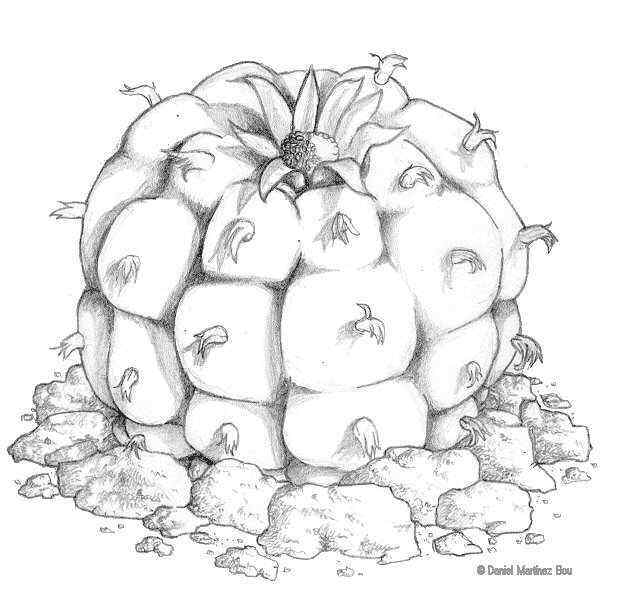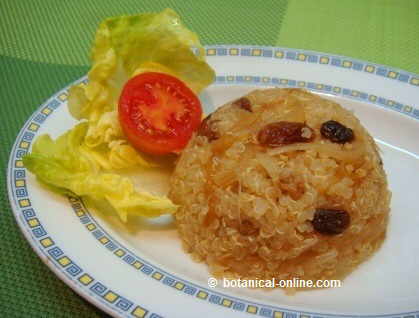Contents
- 1 Characteristics of plant sterols and their benefits
- 1.1 What are phytosterols or phytostanols?
- 1.2 What are phytostanols?
- 1.3 How do we ingest phytosterols?
- 1.4 What is cholesterol?
- 1.5 Functions of phytosterols in plants
- 1.6 Properties of phytosterols and phytostanols
- 1.7 Vegetable sterols or phytosterols for cholesterol
- 1.8 How do phytosterols decrease cholesterol absorption?
- 1.9 Other cholesterol pathways
- 1.10 Foods rich in phytosterols and phytostanols
Characteristics of plant sterols and their benefits
What are phytosterols or phytostanols?
Both animals and vegetables need components called sterols to form cell membranes.
Sterols of plant origin are called phytosterols (from “phyto” = “plant” + “sterol”). The most important are: campesterol, stigmasterol, sitosterol, brassicasterol and ergosterol.
What are phytostanols?
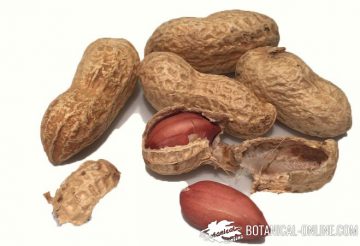
Phytostanols or plant stanols are saturated plant sterols, such as sitostanol and campestanol. That is, they are derived from the above (reduced forms of phytosterols).
How do we ingest phytosterols?
Almost all known vegetables contain phytosterols, which can be present in different parts of vegetables: seeds, fruits, leaves and stems.
Therefore, these components are obtained from the ingestion of vegetables, such as legumes, green leafy vegetables, fruits, nuts and derivatives such as vegetable oils.
What is cholesterol?
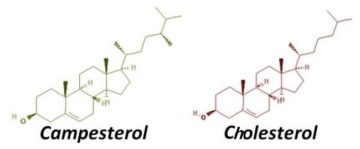
Cholesterol is a sterol of animal origin, which, in addition to other functions, is part of the membrane of all body cells.
In the diet, cholesterol is only found in foods of animal origin, such as in red meat, eggs or butter. No plant food contains cholesterol.
Functions of phytosterols in plants
The main function of phytosterols in plants is the equivalent of that of cholesterol in animals, that is, being part of the cell membrane structure.
Properties of phytosterols and phytostanols
From a health point of view, plant sterols (phytosterols and phytostanols) have a very important role for cardiovascular health since, usually consumed, they have a hypocholesterolemic effect.
It is also believed that plant sterols, because of their antioxidant properties, protect us against cancer, aging and other degenerative diseases.
Vegetable sterols or phytosterols for cholesterol
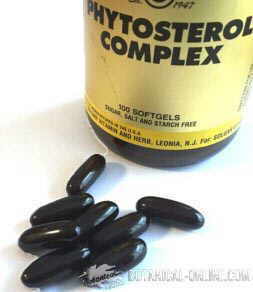
Numerous studies have observed that the consumption of 1-3 grams daily of phytosterols causes a decrease in cholesterol. To achieve these effects, phytosterols act in three ways:
- They inhibit the intestinal absorption of cholesterol (cholesterol and phytosterols compete in their incorporation into micelles and subsequent absorption)
- They prevent cholesterol from being poured into the blood, causing it to return to the intestine for later excretion.
- Stimulate the elimination of cholesterol.
How do phytosterols decrease cholesterol absorption?
Phytosterols decrease the absorption of bad cholesterol (LDL) in the intestines, both cholesterol from food, and cholesterol manufactured by the body and accumulated in the bile. At the same time, it seems that they do not interfere with the levels of good cholesterol (HDL).
The body’s absorption capacity of plant stanols compared to cholesterol absorption capacity is much lower. Within plant sterols, phytostanols are absorbed much less than phytosterols.
Other cholesterol pathways
Plant sterols stimulate other cholesterol elimination mechanisms in the intestine.
- On the one hand, they cause the inhibition of the enzyme acylCoA-cholesterol-acyl transferase (ACAT), which causes cholesterol to not be esterified in chylomicrons and therefore prevents it from being spilled into the blood. So, what happens is that the non-esterified cholesterol is expelled back to the lumen or intestine.
- In addition, it has been observed that they increase the amount of ABC transporters in the intestine, which stimulate the elimination of cholesterol.
Due to these properties, plant sterols are being studied as possible nutraceuticals, since, added to food, they can become an aid to lower cholesterol (functional foods).
Foods rich in phytosterols and phytostanols
Phytosterols should not be confused with phytoestrogens, such as soy isoflavones.
The foods richest in plant sterols are those that have a high percentage of vegetable fats, therefore they can be found in vegetable oils and in the fruits or seeds that produce these vegetable oils and fats:
![]() More information on phytosterols
More information on phytosterols

